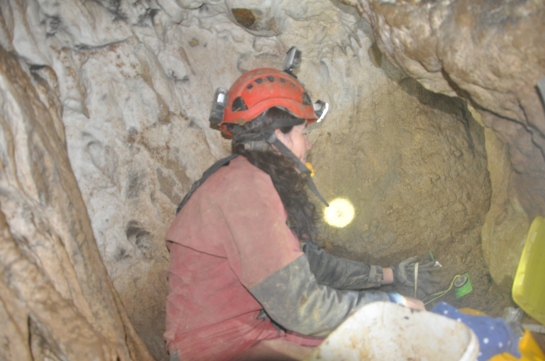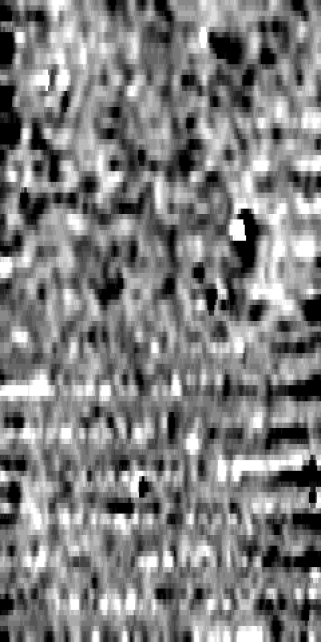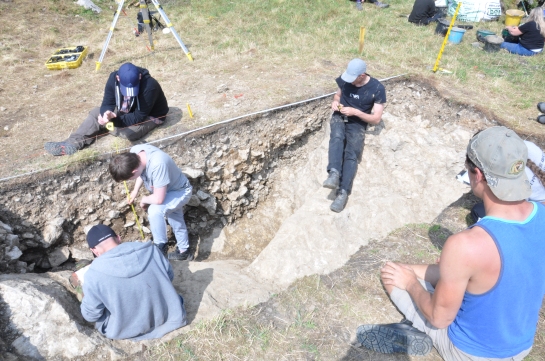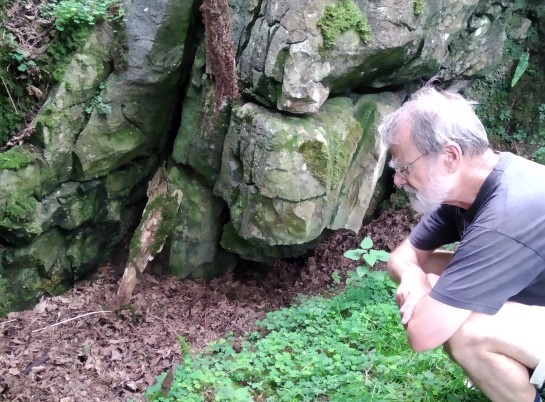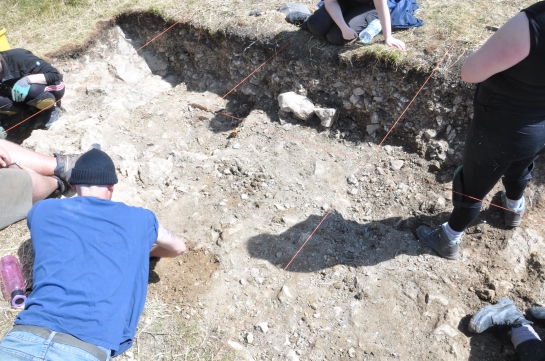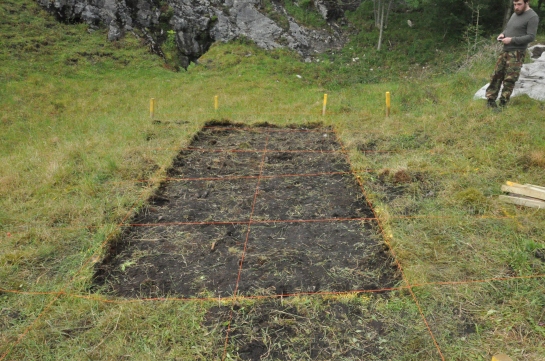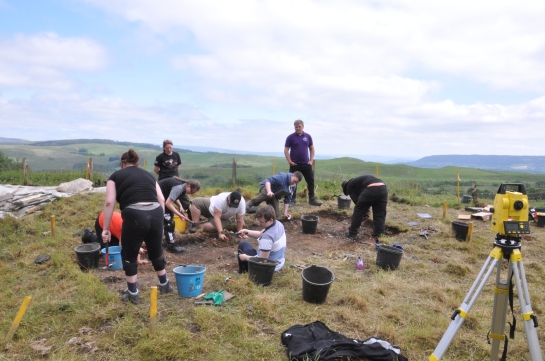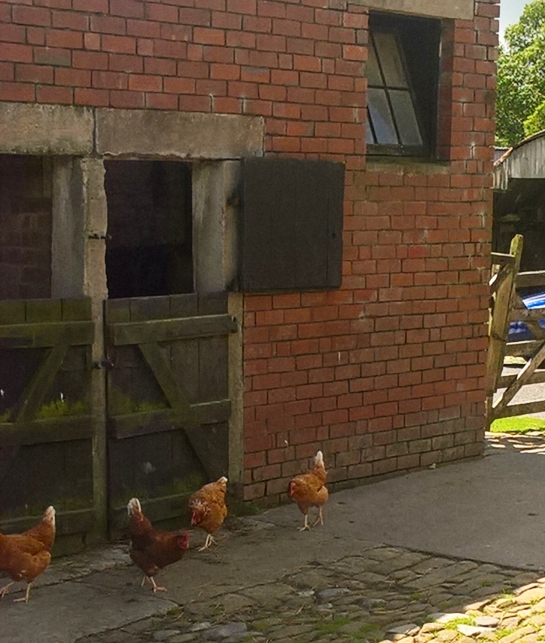I was back out at Whitewell on Wednesday evening this week. Towards the end of this summer’s dig John and I had intended to put on a guided walk around the archaeological landscape of New Laund farm. This was for his friends, family and neighbours: many of whom were wondering what we were doing as we walked through their yards carrying strange tools, mysterious boxes and pausing only to make a fuss of their dogs and/or chickens. The idea was that we would all meet up a John’s house and then stroll around the landscape with me telling tales about the likely activities of the prehistoric inhabitants. However, the forecast for the evening we planned this in July was dreadful so we postponed it until this week.

On Wednesday morning, as the rain hammered down, I was beginning to think we would have been better to go with the original date. But, by the time I got out to Whitewell at six o’clock, it had turned into a beautiful evening. Because of the slightly shorter daylight available in late August we turned it into a 4×4 tour, with some of us riding in the back of the Land-Rover and others standing like motorised charioteers in the trailer of Joe’s quad bike. John and Joe are just parking here on the edge of the Middle Iron Age New Laund Enclosure, so that we can all appreciate the way the settlement would have dominated the routeways along the Hodder valley.

We looked down at the earlier Whitewell Enclosure from up on this vantage point too before heading up the hill to look at the area where we think we have discovered another Iron Age roundhouse, in the geophysical survey we did in July. Then, with the sun setting, we drove over to Dinkling Green Mine Cave to appreciate its sheltered south-facing aspect. Everyone agreed that, presuming that you had to live in a cave and chase down deer and aurochs for your tea, this was the cave you would choose.
Rick

